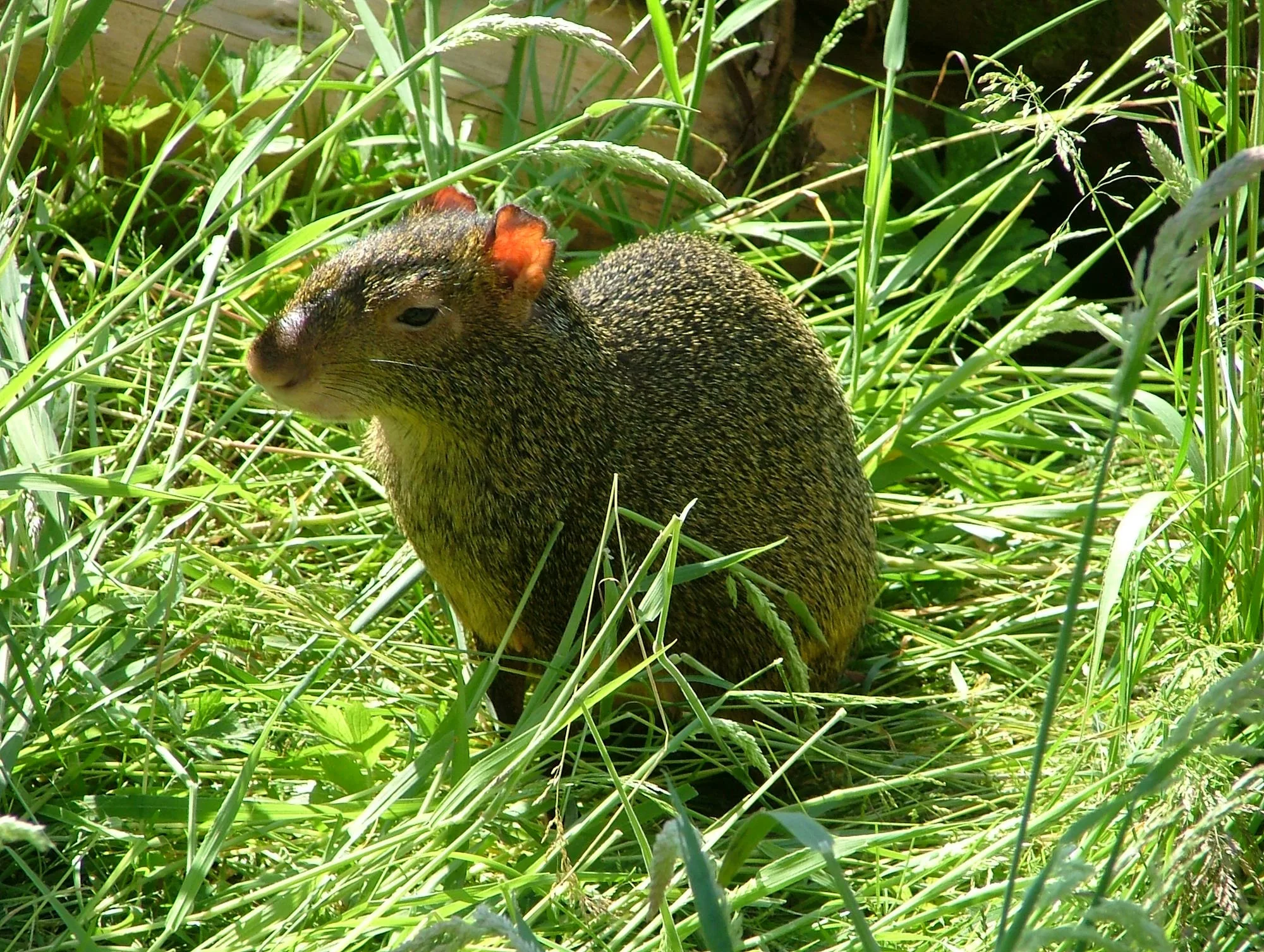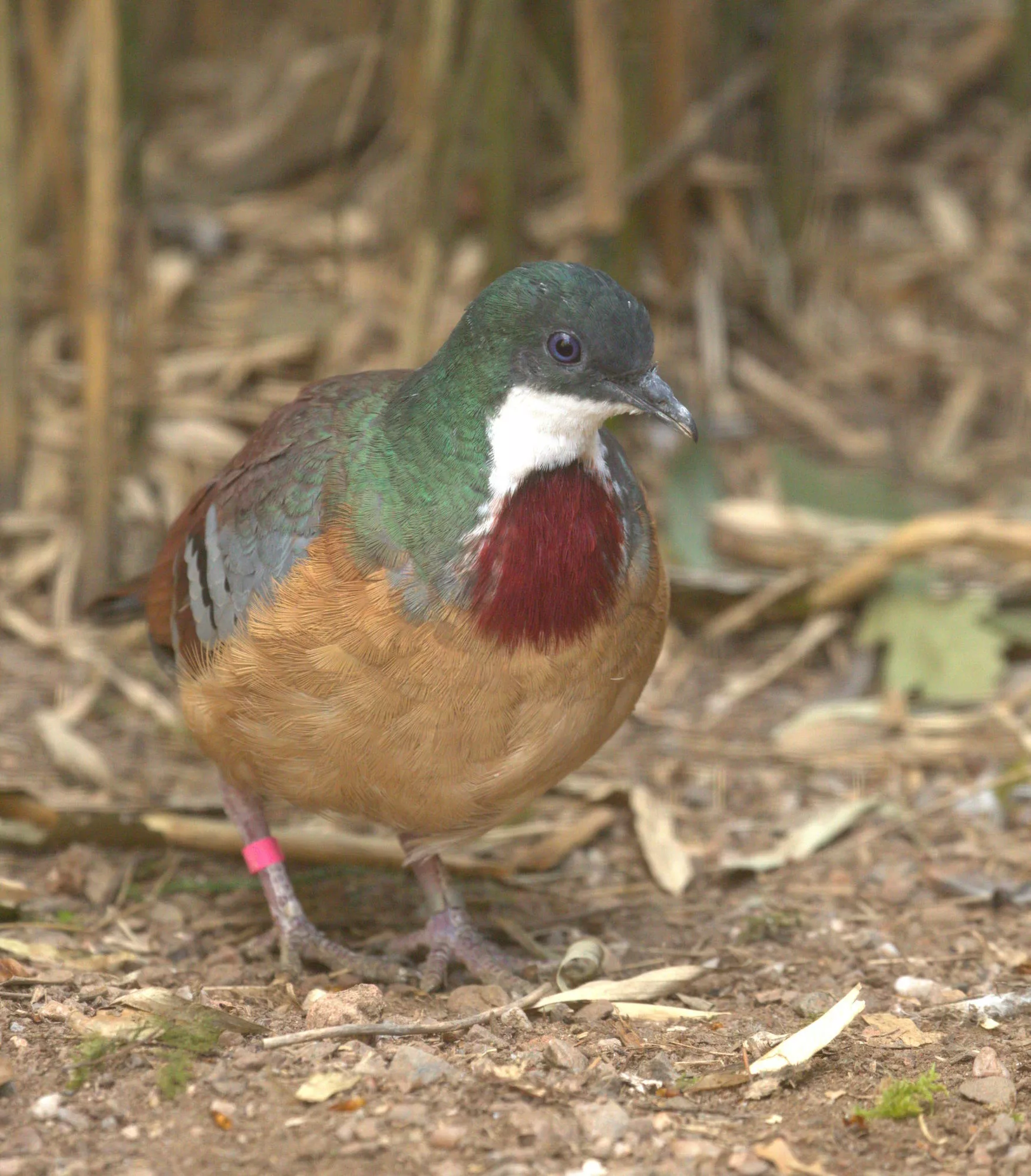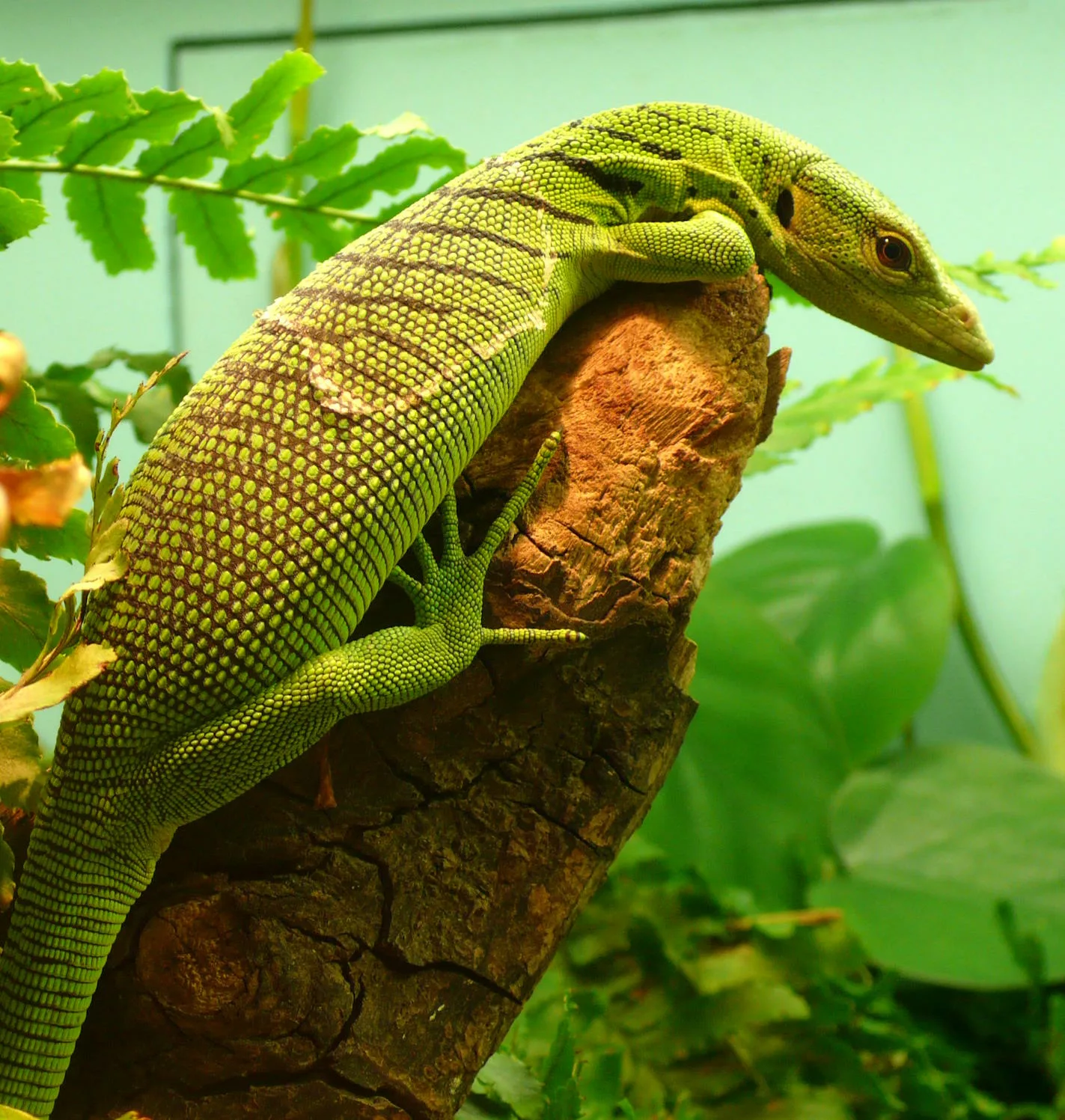
Yellow-shouldered amazon
Scientific name: Amazona barbadensis
IUCN listed as: Vulnerable
Learn before you visit!
Here are some facts about the species – Discover what they eat, find out about their natural habitat, see what they like to do, and more… Set the reading style to suit you too, everyday speak or something aimed towards children.
Child-friendly
Everyday
Diet
Yellow-shouldered Amazons have a varied diet that includes fruits, seeds, nuts, and flowers. They are particularly fond of fruits such as figs and palm fruits, which they crack open with their strong bills. They also feed on various types of vegetation and occasionally supplement their diet with insects and small invertebrates found among the foliage.
Yellow-shouldered Amazons like to eat lots of different things like fruits, seeds, nuts, and even flowers. They use their strong beaks to crack open tough fruits and nuts, and sometimes they find insects to munch on too.
Breeding
During the breeding season, which typically coincides with the rainy season, Yellow-shouldered Amazons form monogamous pairs. They build their nests in tree hollows, usually in large trees. The female lays 2-3 eggs, which both parents take turns incubating for about 25-28 days. After hatching, the chicks remain in the nest for about 8-10 weeks before fledging.
When it rains a lot, Yellow-shouldered Amazons find a big hole in a tree to build their nest. The mum bird lays a few eggs, and both mum and dad take turns keeping the eggs warm until they hatch. When the chicks are big enough, they learn to fly and leave the nest.
Habitat
Yellow-shouldered Amazons are native to the northern coast of South America, particularly in regions of Venezuela and nearby islands such as Bonaire and Margarita. They inhabit tropical forests, savannahs, and coastal areas, where they can find suitable nesting sites in large trees. These parrots are social birds often found in flocks, especially during feeding and roosting times.
Yellow-shouldered Amazons live in warm places like Venezuela and islands nearby. They like living in forests and by the coast where there are big trees to make nests. These birds are social and like to be in groups with other parrots.
At the zoo
In zoos, Yellow-shouldered Amazons are housed in aviaries that mimic their natural habitat. These aviaries have large trees and branches for perching, along with nesting boxes for breeding. They are fed a diet that includes a variety of fruits, vegetables, nuts, and specially formulated parrot pellets. Visitors can observe their vibrant plumage and hear their loud calls, which they use to communicate with each other.
In zoos, Yellow-shouldered Amazons live in big cages that look like their forest home. There are tall trees and boxes for them to sleep and have babies. They eat fruits, veggies, nuts, and special food just for parrots. You can see their bright feathers and hear their loud calls.
Behaviour
Known for their distinctive bright yellow shoulder patches, Yellow-shouldered Amazons are vocal and social birds. They communicate with loud squawks and calls, which can be heard from a distance. They are excellent flyers and spend much of their day foraging for food, socialising with other parrots, and grooming themselves. These parrots are also known to be curious and intelligent, capable of problem-solving tasks in captivity.
These parrots have bright yellow patches on their shoulders that make them easy to spot. They talk to each other with loud squawks and calls. Yellow-shouldered Amazons are good at flying and spend their days looking for food, hanging out with other parrots, and cleaning themselves. They’re also really smart and can solve puzzles.
Fun facts
- Yellow-shouldered Amazons are excellent mimics and can imitate human speech and other sounds.
- They are known to be highly territorial and will defend their nesting sites vigorously.
- These parrots have a strong bond with their mates and often mate for life.
- Yellow-shouldered Amazons play an important role in seed dispersal, helping to regenerate forests by spreading seeds from the fruits they eat.
- In some cultures, these parrots are kept as pets and are considered symbols of good luck and happiness.
- Yellow-shouldered Amazons can copy the sounds people make, like talking and whistling.
- They are very protective of their homes and will fight to keep other birds away.
- These parrots find a mate and stick together for their whole lives.
- Yellow-shouldered Amazons help plants grow by spreading seeds when they eat fruits.
- People in some places keep these parrots as pets because they believe they bring good luck and joy.
More animals to discover at our zoo
Quick Links
Tickets & Prices
You can buy tickets for Exmoor Zoo securely online, as well as finding out more price options, discover offers, and more…
What’s on…
Exmoor Zoo hosts incredible Events all through the year. You can find out about what we’ve got in store here…
Routes & info
Like any great discovery, Exmoor Zoo can feel a little off the beaten path – but don’t worry – you can plan your journey with our recommended routes and other useful travel info.



























